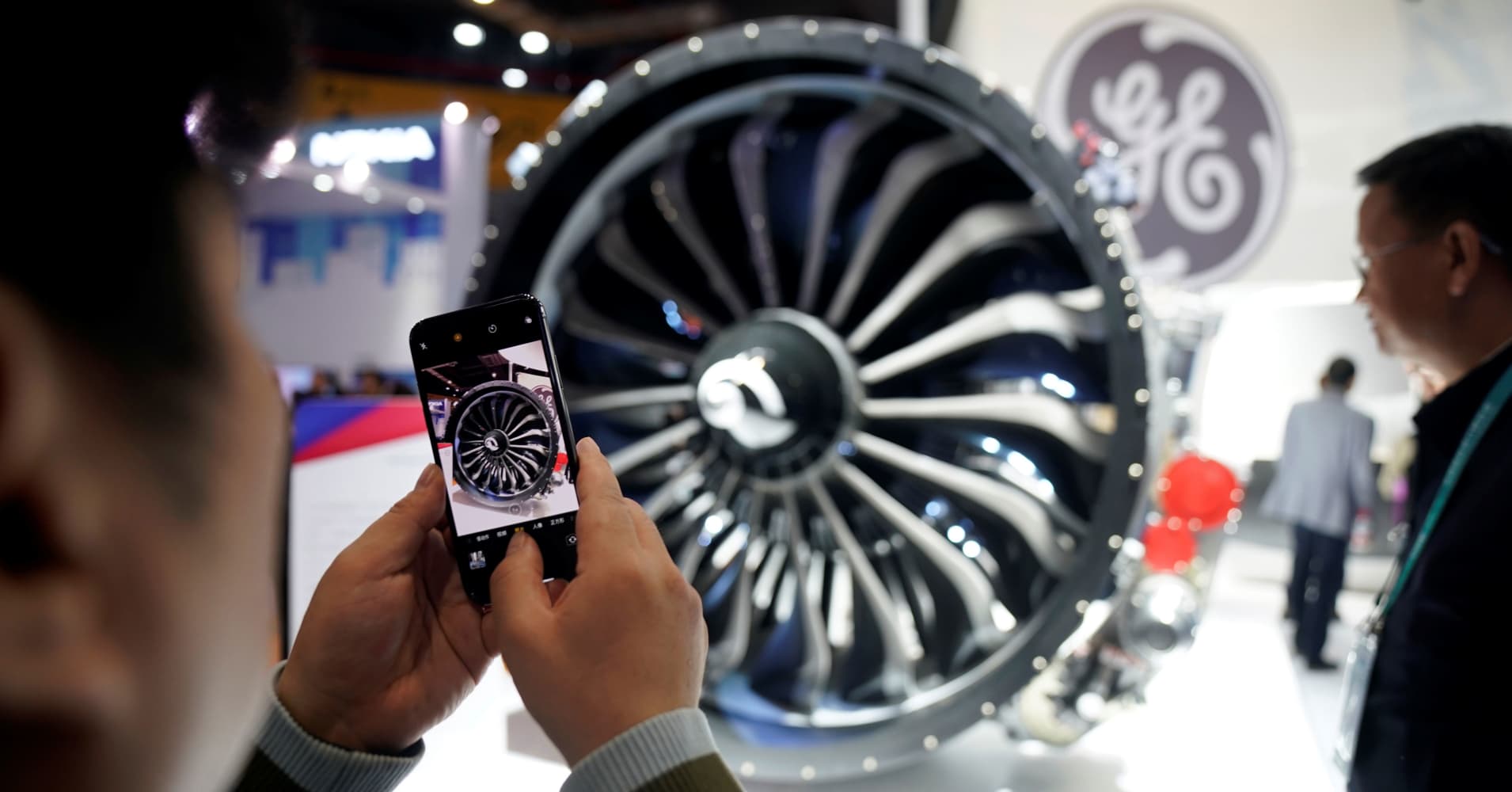
How General Electric (GE) resolves its debt problem will be "critical" to the wider Investment Grade (IG) market, an analyst said Monday.
The General Electric Company has witnessed an exodus of investment from both its equity stock and corporate debt as its future has been called into question. The U.S. behemoth has piled on the debt in recent years as it looked to buy companies, pay off its pension deficit and buy back shares.
In October, the ratings agency S&P lowered its corporate debt status from "A" to "BBB+," citing the firm's high level of debt and below-trend cash flow.
"The GE story, because it is such a massive pile of the corporate credit market and the IG market, how that plays out is kind of critical to the IG market," Bob Janjuah, Nomura's senior independent client advisor, told CNBC's "Squawk Box Europe."
Janjuah said that despite decent cash levels on an aggregate basis, a little bit of investigation reveals alarming imbalances in corporate America.
"If you break it down, you realize that the vast bulk of that cash holding is by about eight companies and that most of corporate U.S. is actually more levered than it has ever been," he added.
Total U.S. corporate debt has swelled from nearly $4.9 trillion in 2007, when the global financial crisis was becoming apparent, to nearly $9.1 trillion halfway through 2018, according to Securities Industry and Financial Markets Association (SIFMA) data.
The Bank of International Settlements (BIS) — a central bank for central banks — has also warned over a global rise in "zombie firms," describing these as companies unable to cover debt costs from profits over an extended period.
The BIS warned further that these companies would likely be further exposed by any rising interest rate environment. The U.S. Federal Reserve has so far risen its key rate three times in 2018 and has indicated at least three more rises in 2019.
Despite that tightening of conditions, not everyone is predicting gloom for the corporate credit market.
Steven Oh, global head of credit and fixed income at PineBridge Investments, told "Squawk Box Europe" on Monday that GE was an "idiosyncratic problem" brought about by poor management and didn't represent broader market conditions across credit.
Oh conceded that there has been a number of large debt issuers taking on "very high debt" and "a lot of concern" that the triple-B segment of the Investment Grade market had ballooned substantially, risking a sudden burst of volatility.
But the credit investor said in most cases, high debt was an intentional part of boardroom strategy and cash flows at many U.S. firms remained in positive territory.
"In the near-term, they have the ability to shore up their position to limit that downside should there be an economic downturn," Oh said.
No comments:
Post a Comment